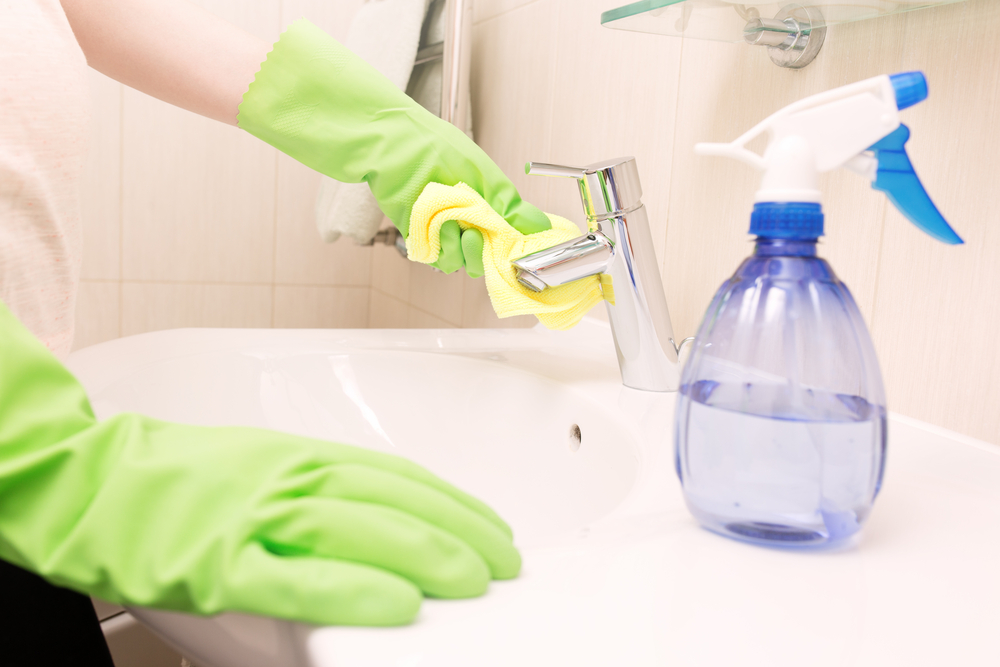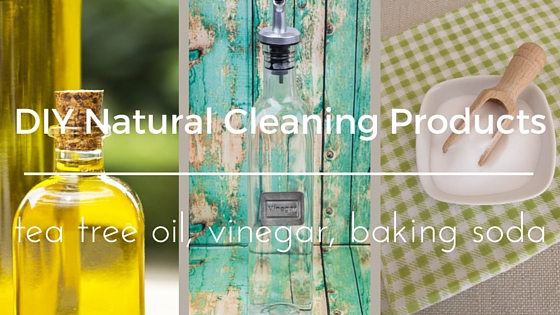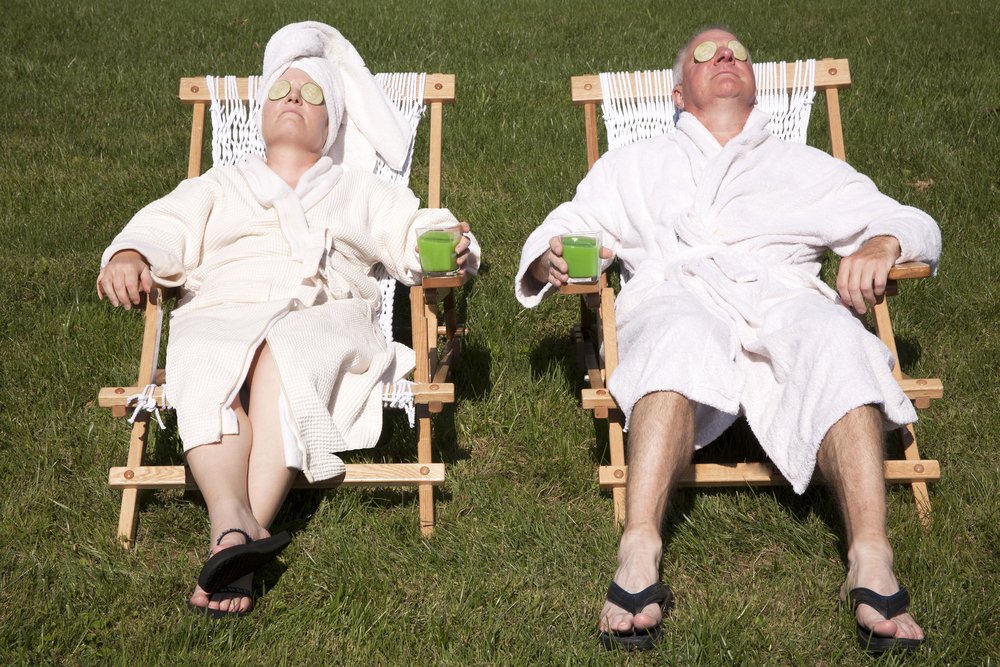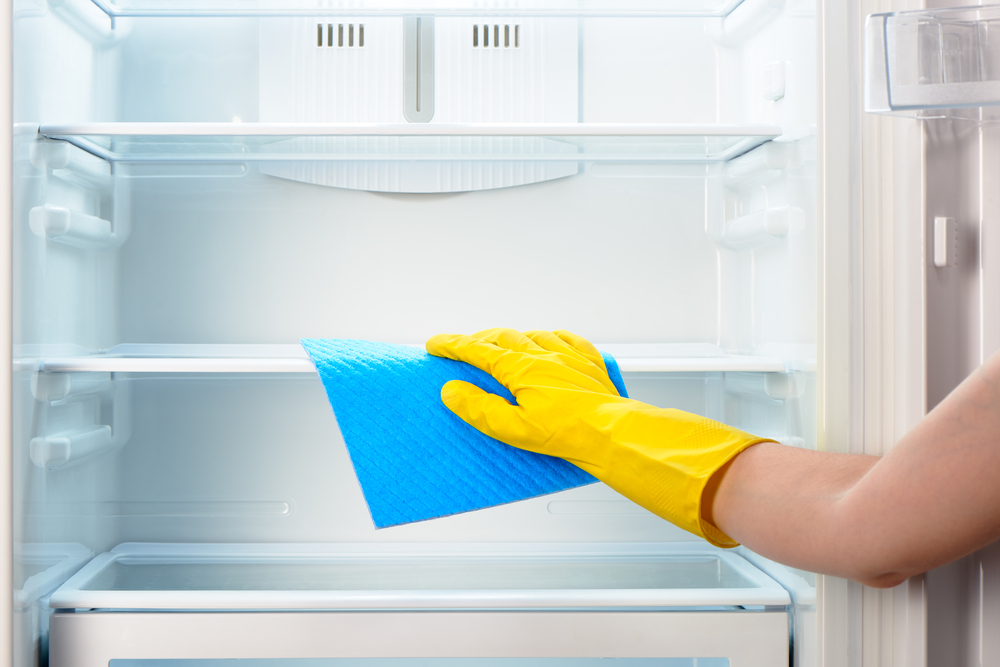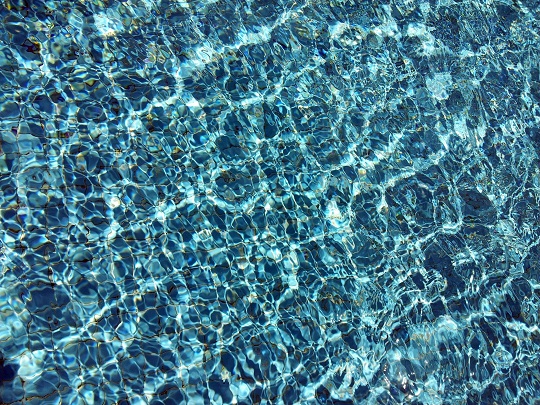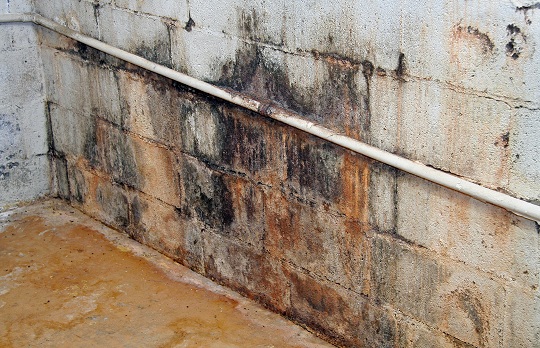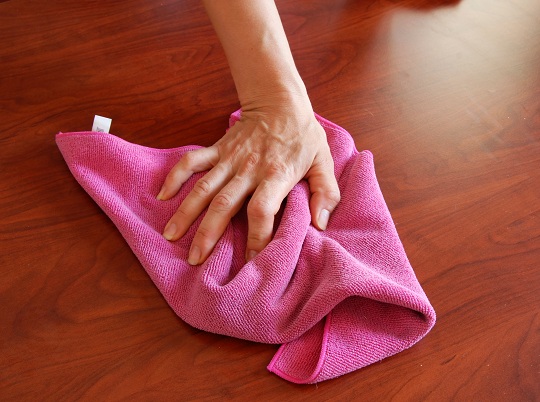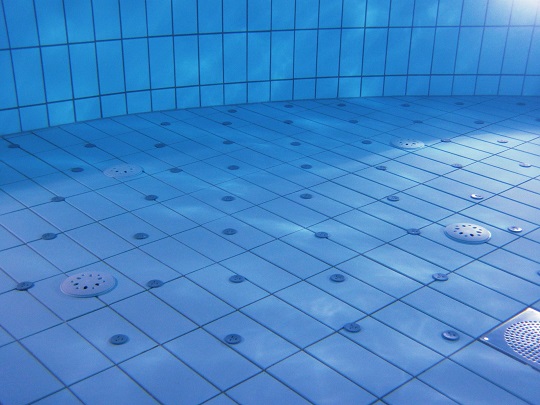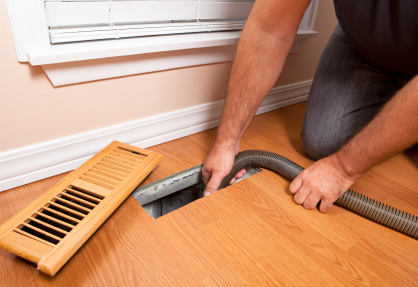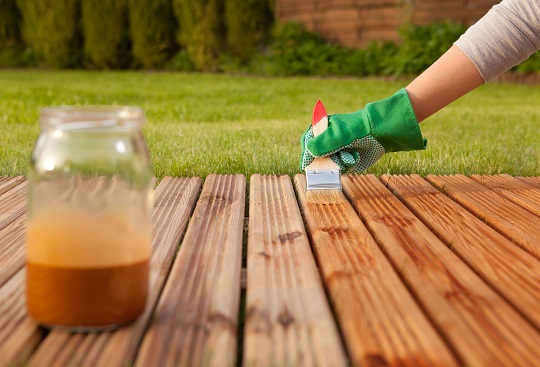We would all face complete social isolation if our friends knew how disgusting we truly are – naturally, we devote a good deal of time to keeping our bathrooms clean. Nasty bathroom stuff, as I understand, is the current politically correct term, comes in a variety of smells and textures; the most stubborn of which is mold. The longer it’s left alone, the more of your wall it’ll seize; this can damage your air quality and even get you sick. We here at TalkLocal care about your friendships and your lungs, so we’ve collected a few tips on how to prevent and tackle bathroom mold.
Fun fact: adults with one or more friends spend 80% more money. Luckily, compared to split restaurant checks and snacks for hosting, the cost of welcoming people into your home without triggering a gag reflex is rather inexpensive.
Here are 5 tips to prevent bathroom mold:
That Fan Exists for a Reason
You know that annoying, loud fan you sometimes switch on instead of the lights? It’s actually your first line of defense against mold – nasty organic stuff like fungi require damp conditions to grow, and good use of your fan can evaporate a good portion of the water on your walls. It’ll also clear out humid air. To be especially careful, make sure your fan is equal to or above 70 CFM, and make sure it runs for at least a half hour after a bath or shower.
Restrict Access
Mold loves to stick itself between bathroom tiles. You will not love the smell this produces, nor the weird sensation of walking with wet feet on moldy tile. Restrict the mold’s access to your tile by sealing your grout lines annually. Even if you’re not concerned about mold, this will waterproof your tile, which is wise considering everything you do in the bathroom involves water.
Take Matters into Your Own Hands
If you’re the type of brute who hears “fruit flies” and wonders where you put the flyswatter (I am such a brute), you might prefer something hands-on, like drying your walls off with a towel or squeegee after showering or bathing. This is the most effective method but, efficiency-wise, is next to washing your clothes with a laundry board. It might be necessary, though, if you have an already-existing mold problem.
If You’re Past Prevention…
No worries. Everyone, at some point, deals with a mold-infested wall. All you need is a brush, detergent or bleach, and a towel. Mix detergent with water half and half or use a 10% bleach and 90% water solution, dip in the brush and scrub away the tyranny. Reclaim your freedom like a true American.
When All Else Fails
You know what’s also pretty American? Paying a qualified professional to do take out the bathroom tyrant for you. Like any true American, you’re busy, or sometimes have unmanageable mold problems, like black mold (in this case, seriously, get a professional).You’re also a conscious consumer, so you love free things. TalkLocal is free and will take care of finding a bathroom cleaner for you.
Get started today and reclaim what is rightfully yours so you can invite friends over without distress.

